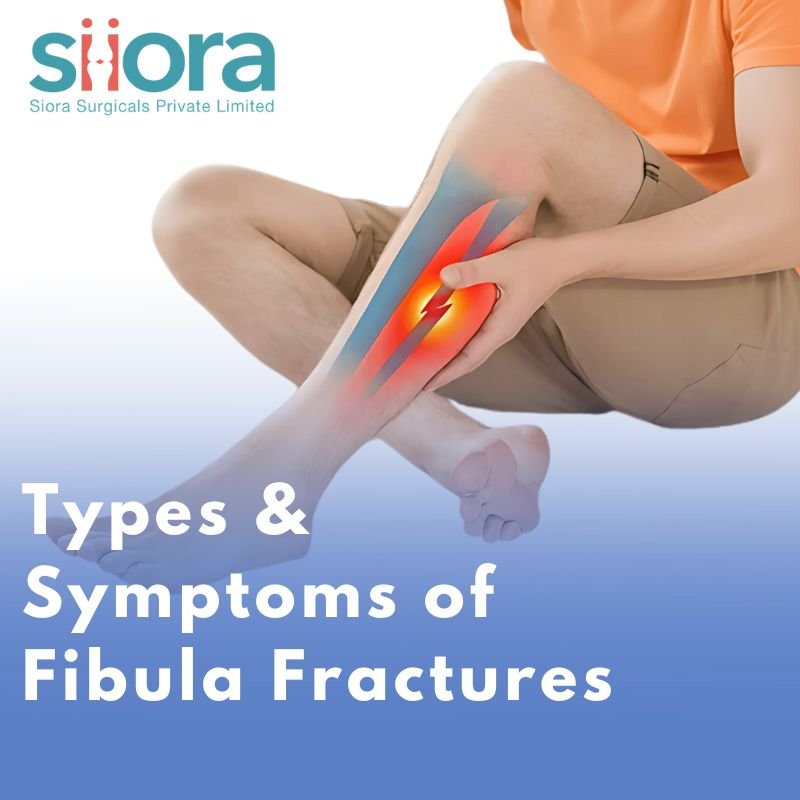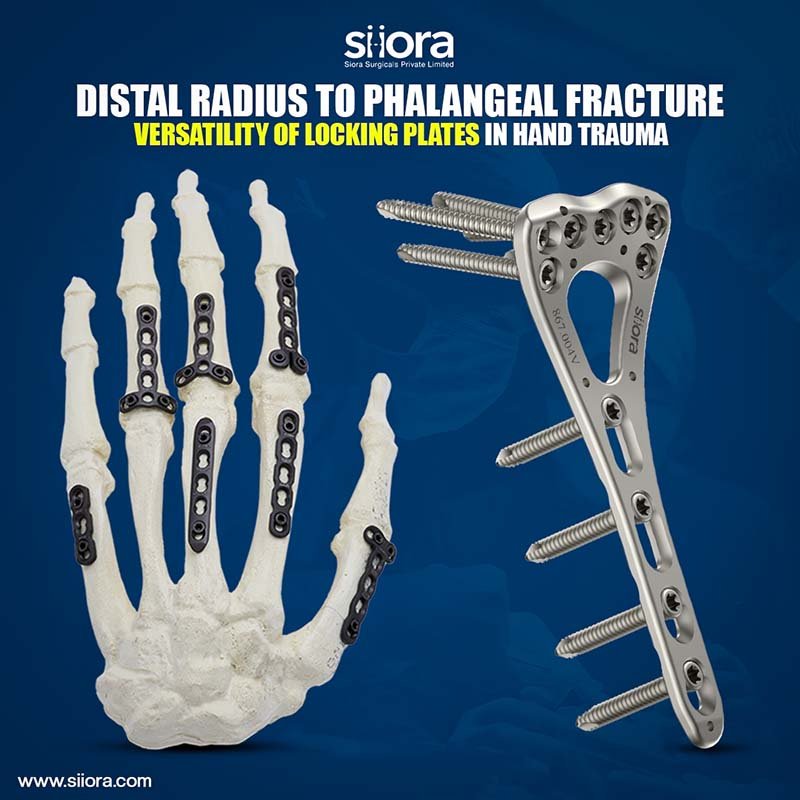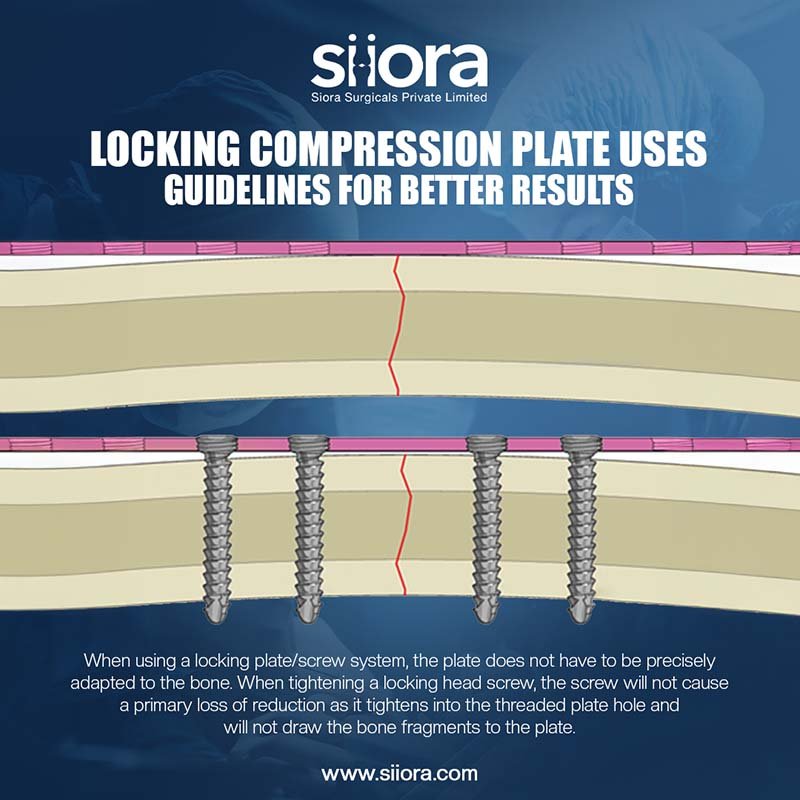A fibula fracture occurs when there is an injury in the leg to one of the two bones of the leg. The leg (the segment between the ankle and knee) is made up of two bones. The larger bone, the tibia, carries most of the weight of the body). The smaller bone, the fibula, is located on the outside part of the leg.
What is a Fibula Bone?
The fibular bone starts just below the knee joint on the outside of the leg and extends all the way down to the ankle joint. The bone is a thin, long bone, hollow in its center. While the bone does little to support the body weight, it is a critical site of attachment for ligaments at both the ankle and knee joint and is also connected to the tibia by a thick ligament called the syndesmosis.
While the fibula is a significant bone, it is possible to extract much of the bone for surgical procedures where the bone is needed elsewhere in the body. When these grafting procedures are performed, people can function very normally, despite missing a large part of the fibula bone.
What is a Fibular Fracture and Its Types?
There are several types of fractures of fibula bone. For this discussion, I will divide them into more manageable topics:
- Fibula fractures that occur due to injury to the ankle joint
- Fibula fractures that occur in conjunction with tibia fractures
- Stress fractures of the fibula
These are not the only types of injury that can occur to the fibula but account for the majority of cases of injury to the fibula bone. By far the most common are injuries that occur when the ankle joint is damaged. Typically, the ankle buckles or is twisted and the fibula is injured as part of the injury.
What Are the Symptoms of Fibular Fractures?
As mentioned, fibula fractures can occur in association with injuries to the ligaments, other bones, tendons, and tendons around the knee and ankle. The most common symptoms of fibula fractures include:
- Pain directly over the fibula bone (outside of the leg)
- Swelling in the fracture part
- Bruising over the injury site
Diagnosis of a fibular fracture can typically be done with an x-ray image. Other imaging studies such as CT scan or MRI are typically not necessary. However, there are some situations where a fibular fracture may not show up on a regular x-ray. These conditions include injuries such as stress fractures. Your physician will examine the injury site, the ankle and knee joints for associated injuries which may impact the treatment of the fracture of fibula bone. Depending on the severity, ortho implants may be required for fracture stabilization.
What is the Treatment for Fibula Fractures?
Treatment for fibula fracture depends on the location and severity of the break. In minor cases where the fracture is non-displaced (the bone pieces remain aligned), rest, ice, compression, and elevation (RICE) are often enough. The patient may wear a walking boot or cast to stabilize the leg and limit movement while healing. Crutches may be used to avoid putting weight on the leg.
For more serious fractures, such as those involving bone displacement, ligament damage, or ankle instability, surgical intervention may be required. This typically involves internal fixation using plates, screws, or rods to hold the bone in place. After surgery, the leg is immobilized and followed by a structured rehabilitation program.
Physical therapy is essential during recovery to restore strength, flexibility, and balance. Healing time varies but generally takes 6 to 12 weeks, depending on the patient’s health, age, and whether surgery was needed.
Pain management may include over-the-counter medications or, in more intense cases, prescription drugs. Follow-up X-rays ensure the bone is healing correctly. It’s important to follow medical advice closely and avoid rushing back to activity too soon, which could risk re-injury or delayed healing.
What Are Fibula Ankle Injuries?
Fibula fractures typically occur as part of an ankle injury. Whenever a fibula fracture is found, the ankle joint should be examined for an injury that can be possible.
The most common kind of fracture to occur to the fibula bone is an isolated injury to the end of the fibula bone at the level of the ankle joint. These injuries occur in a similar manner to a badly sprained ankle.
Final Words
Fibula fractures come in many forms, from minor stress fractures to complex breaks like the Maisonneuve fracture. Treatment depends on the type, severity, and stability of the injury. Stable fractures often heal well with rest, immobilization, and physical therapy. More serious or unstable fractures may require surgery, typically involving plates and screws to realign and stabilize the bone.
Regardless of the treatment path, rehab is critical. Gradual weight-bearing, strength training, and consistent follow-up care help restore mobility and prevent long-term issues.
If you’ve had a fall, twist, or impact and suspect a fracture, don’t delay, early diagnosis and proper care are essential for a full recovery.
However, knowing the different types of fibula fractures and their treatments helps you take control of your healing process. With the right plan and patience, recovery is possible, and a return to normal activity is within reach.







